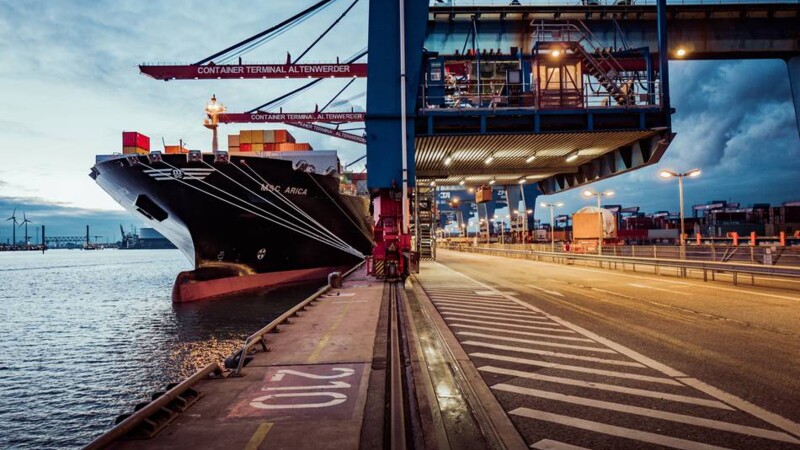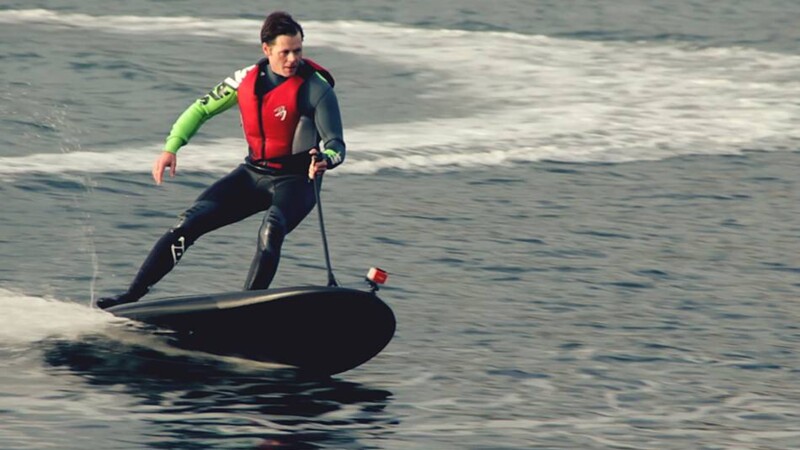A global network of surveillance systems is now in place for tsunami warnings. Seismic sensors detect seaquakes, which are considered the most common triggers of tsunamis. However, not every seaquake triggers a devastating tsunami and false alarms are often sounded – too late or not at all. As a result, the responsible authorities are often wary of tsunami warnings issued by the monitoring stations.
A solution developed by the University of Hamburg takes an entirely different approach. Radar stations on the coast are used to measure the surface current of the sea in real time. These radar signals follow the Earth’s curvature so that the system is effective far beyond the horizon. The system exploits the fact that a tsunami shock wave creates a characteristic flow on the water’s surface, which the system detects and is considered a reliable indication of an approaching tsunami. Thus, it can be verified with a high degree of certainty whether a seismic seaquake actually causes a tsunami to move towards the coast at 800 km/h. When the research findings were published in 2006, Helzel was inundated with queries about its WERA system, which now has a 25 per cent stake of the global market. At present, WERA is used as a complementary technique in several vulnerable regions to reduce false alarms and dramatically increase the reliability of tsunami forecasts.



